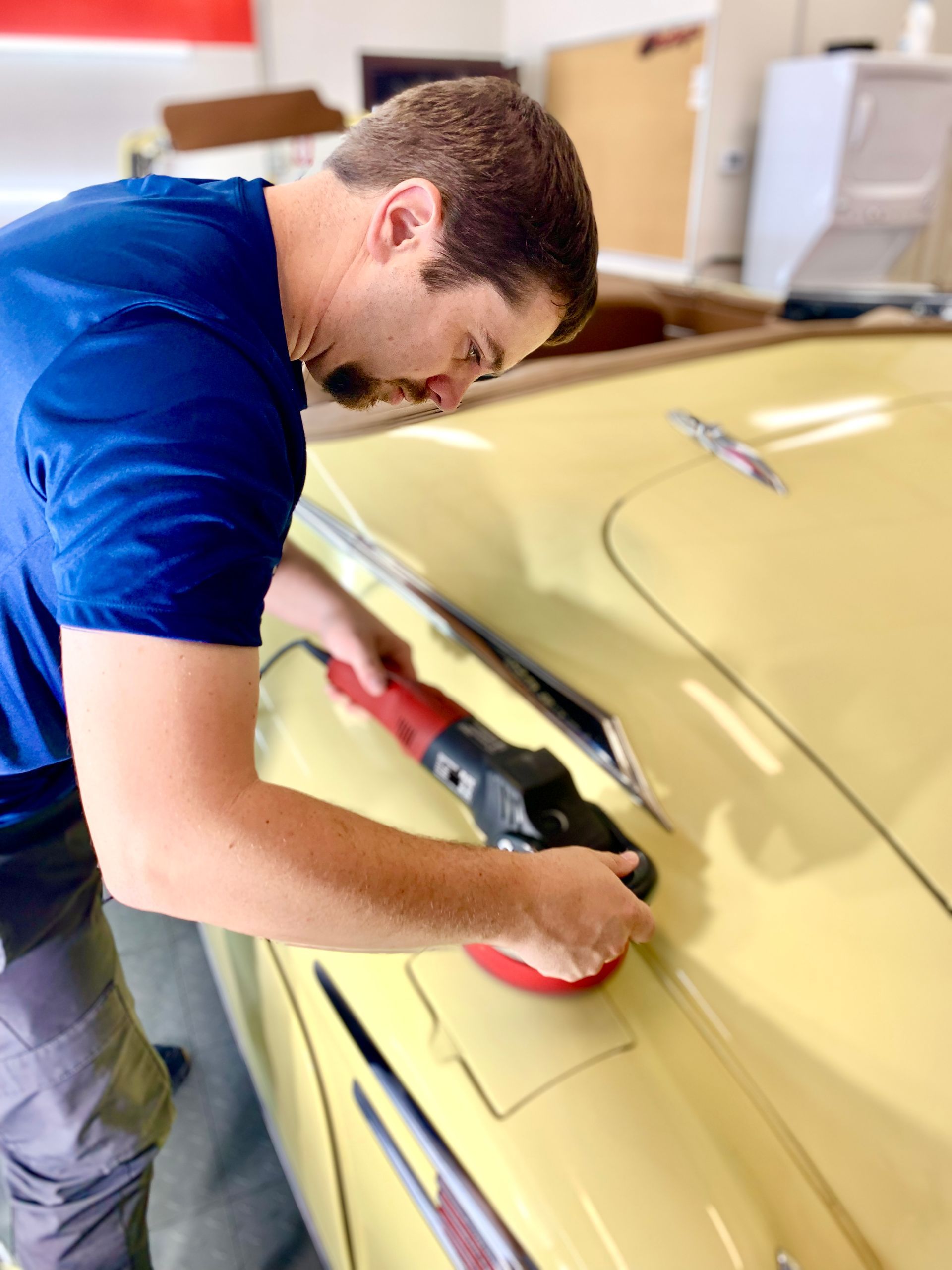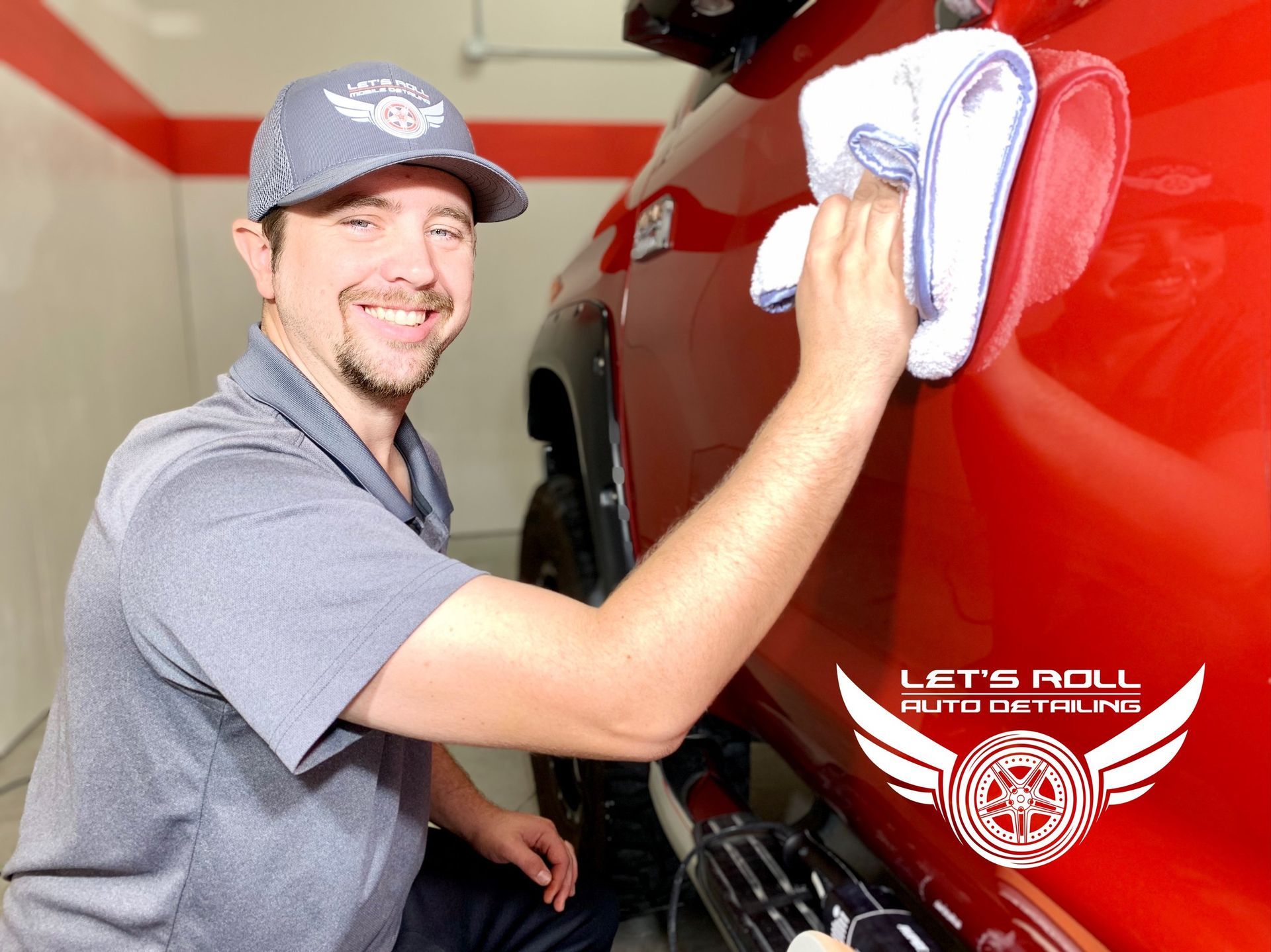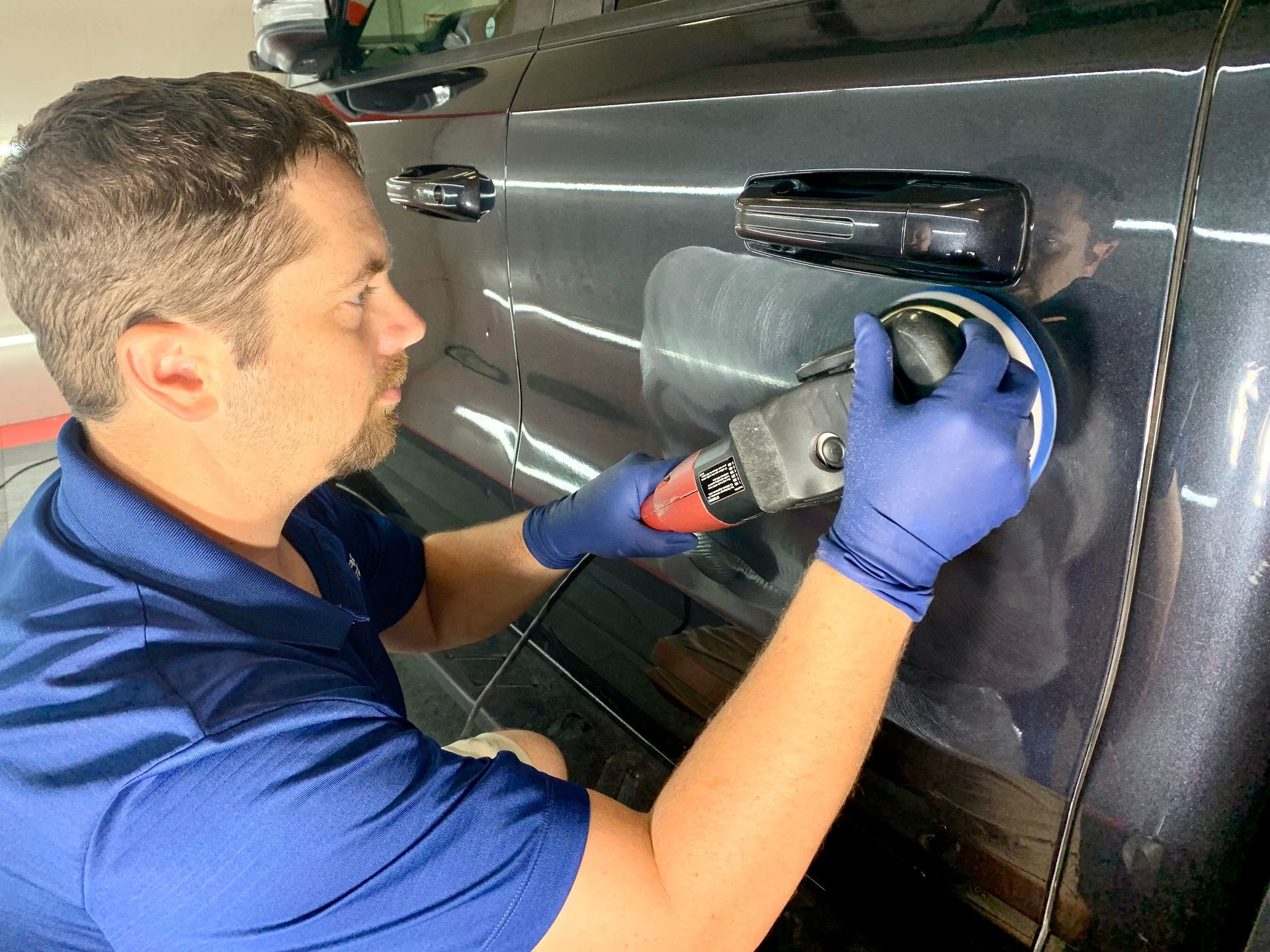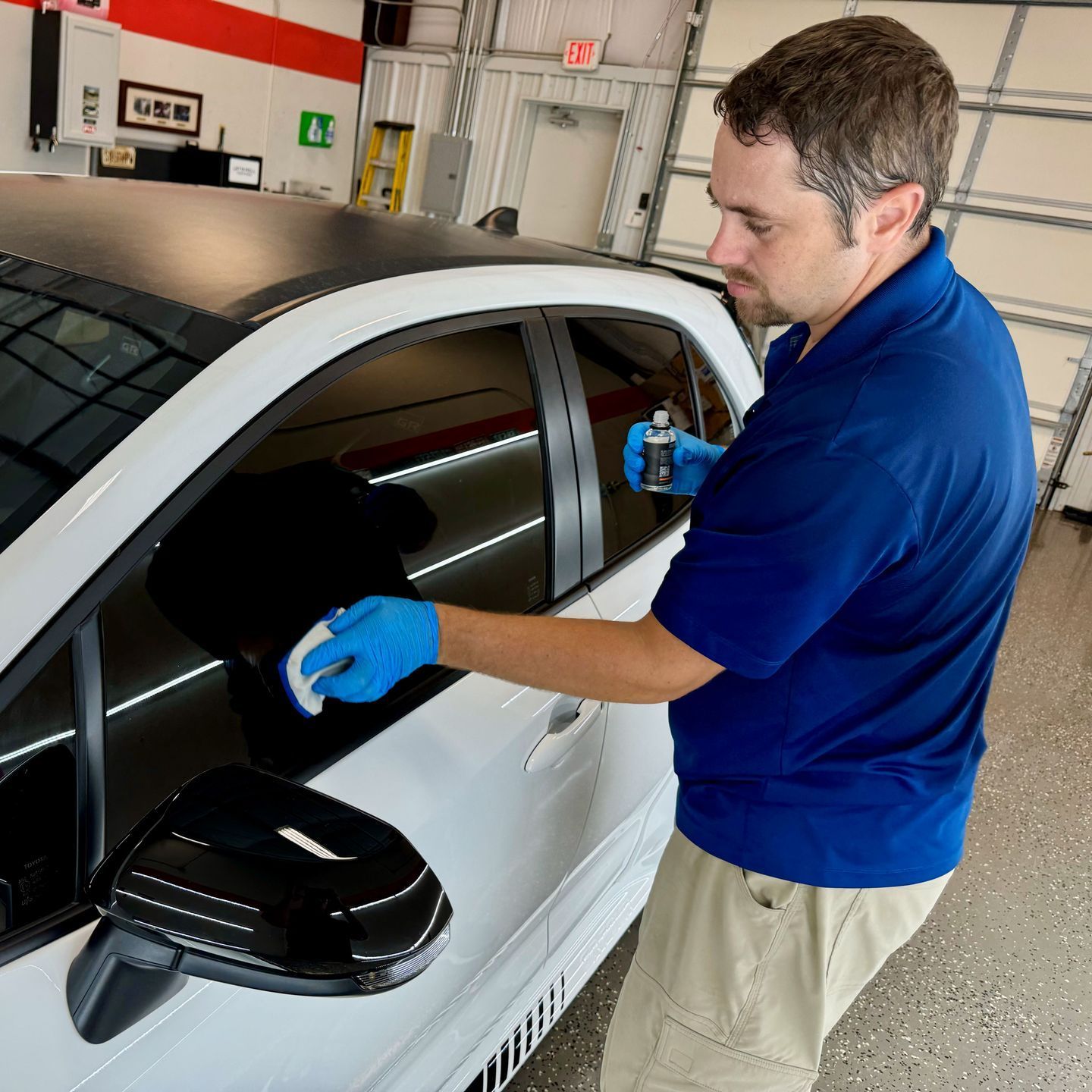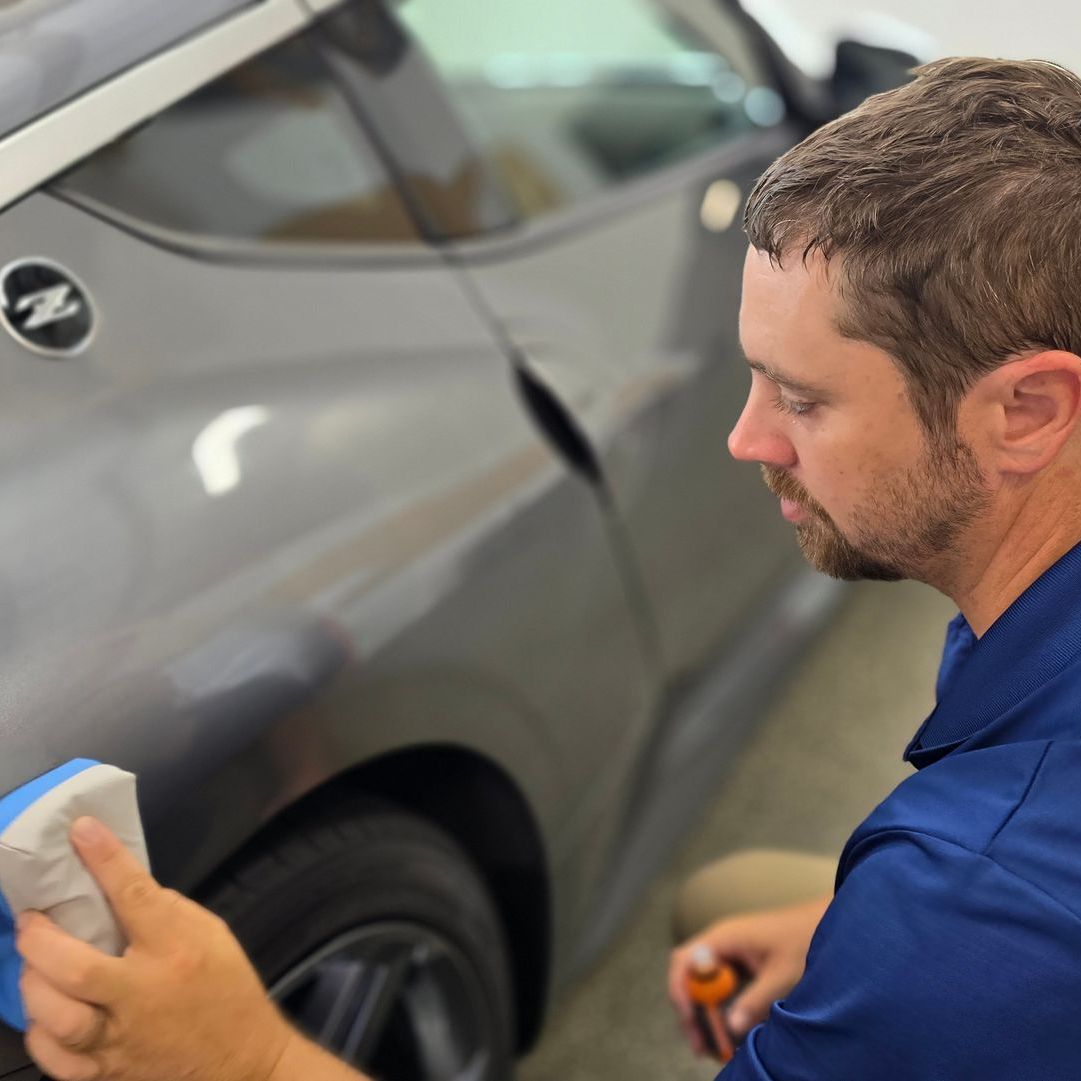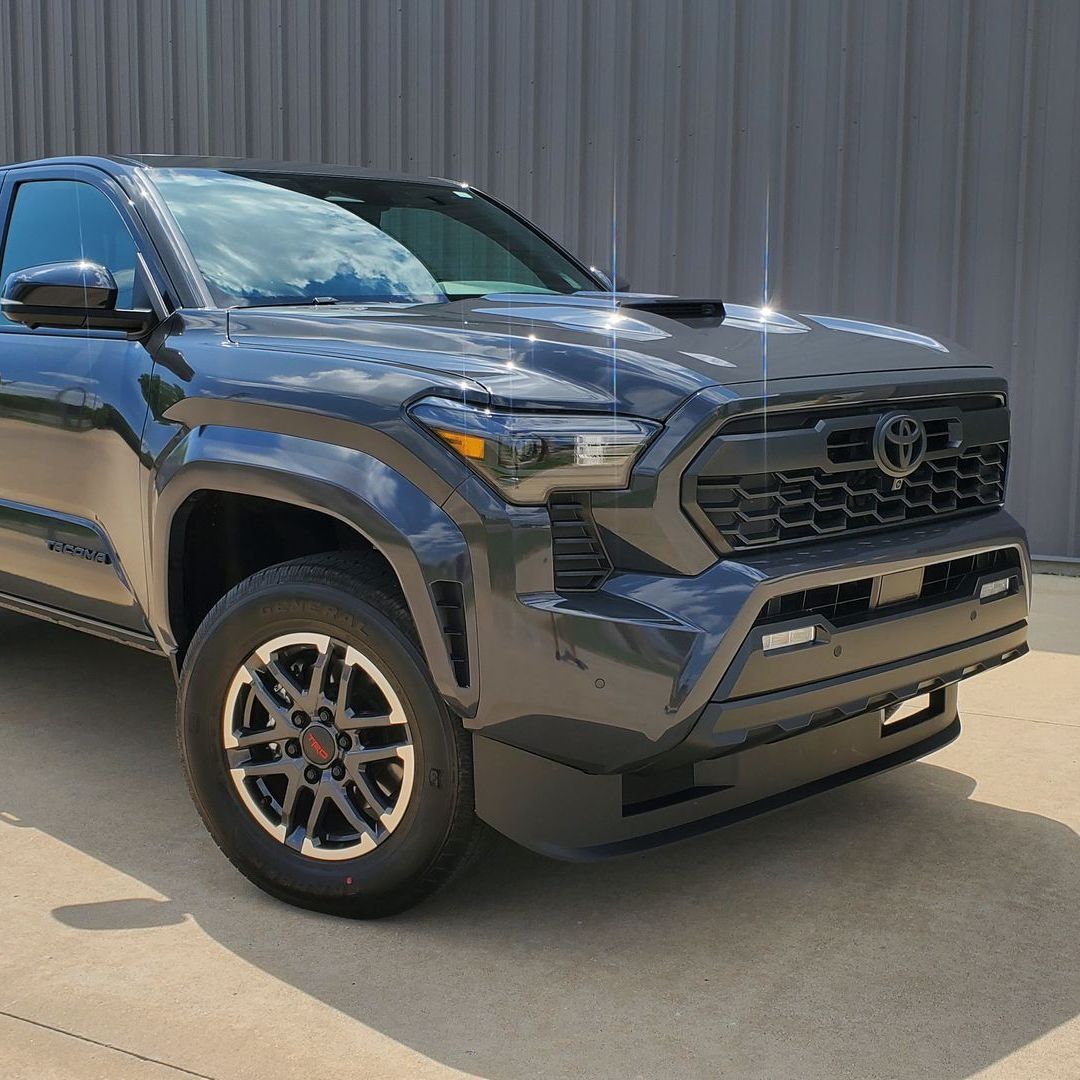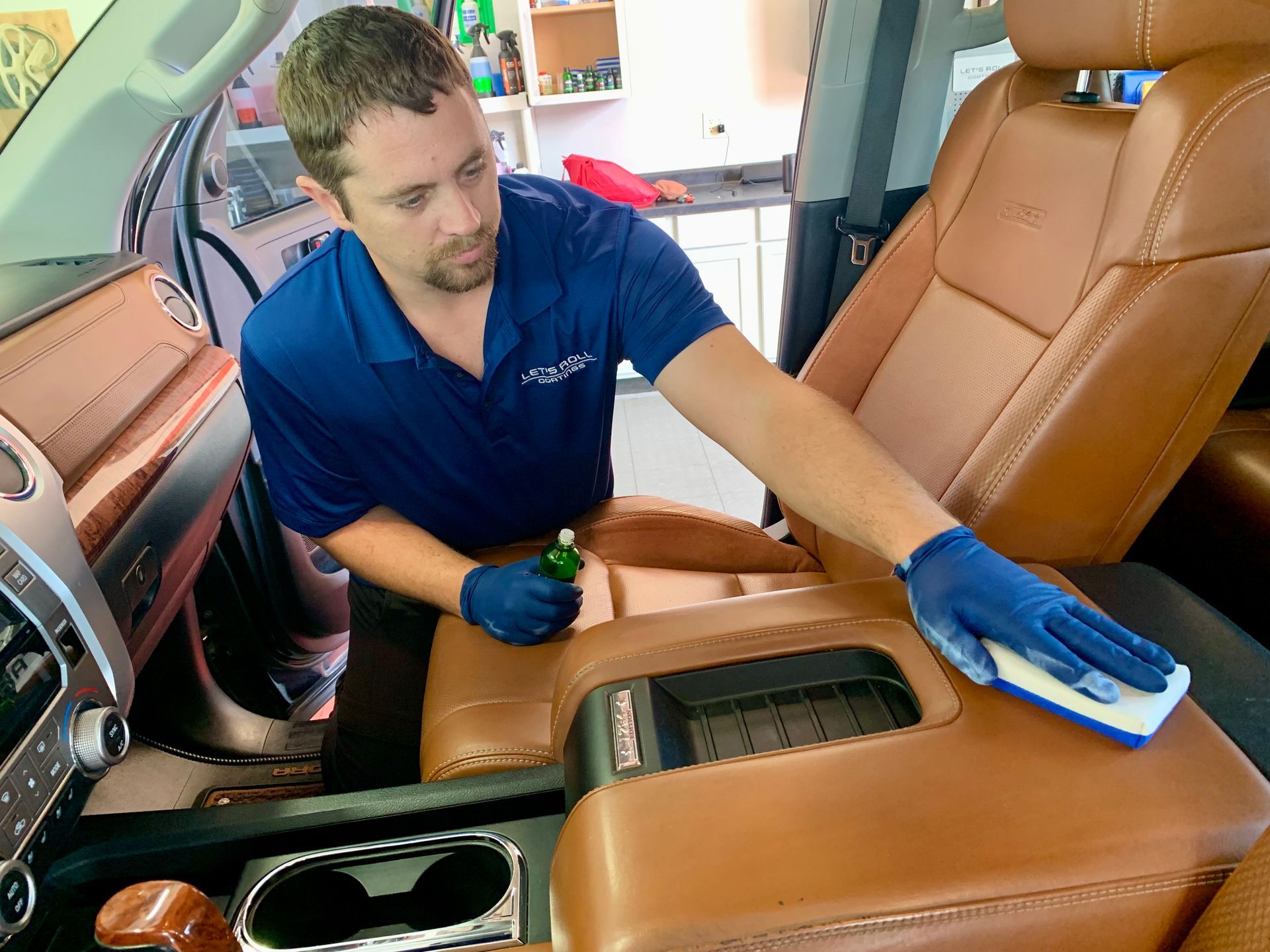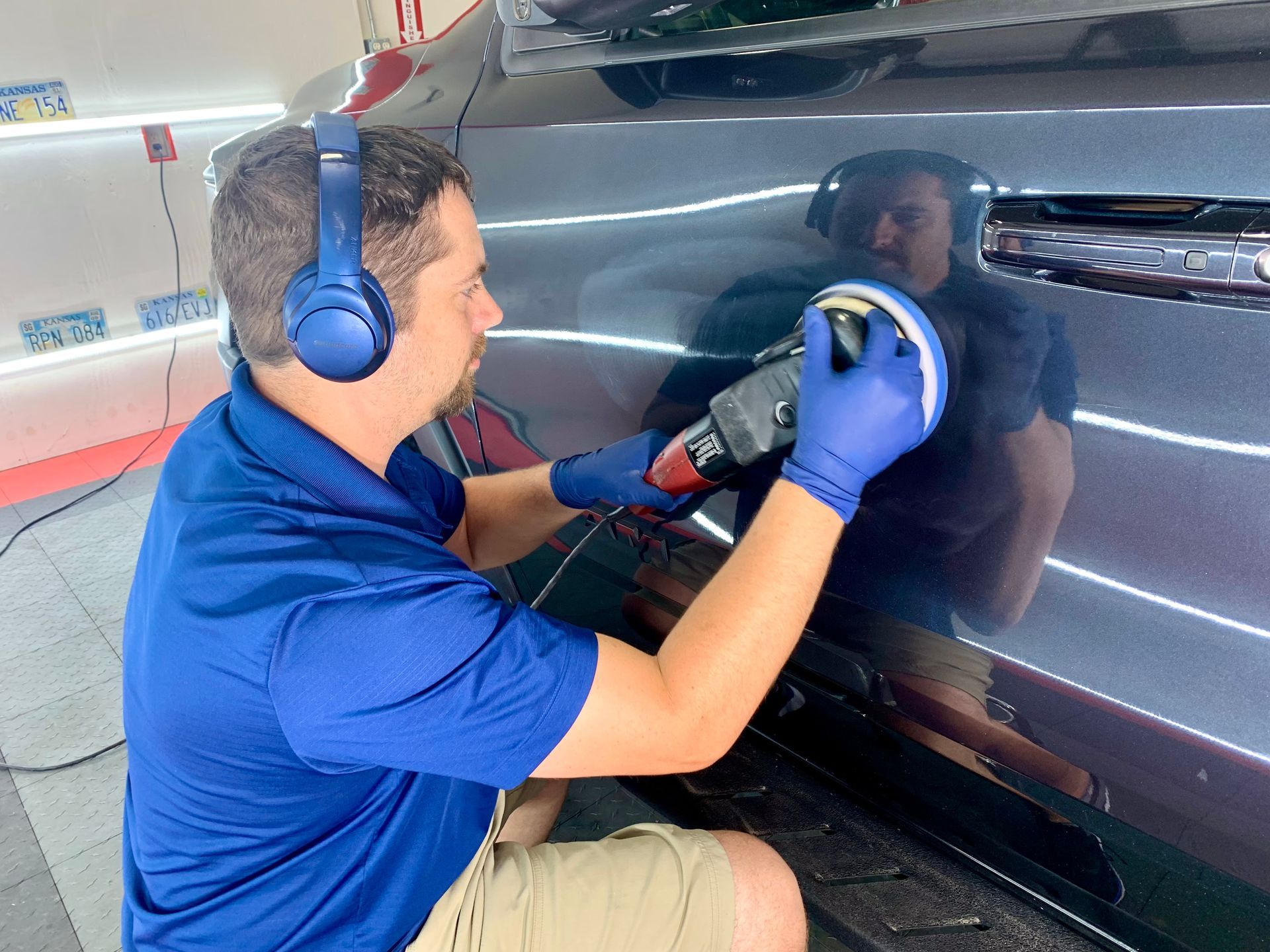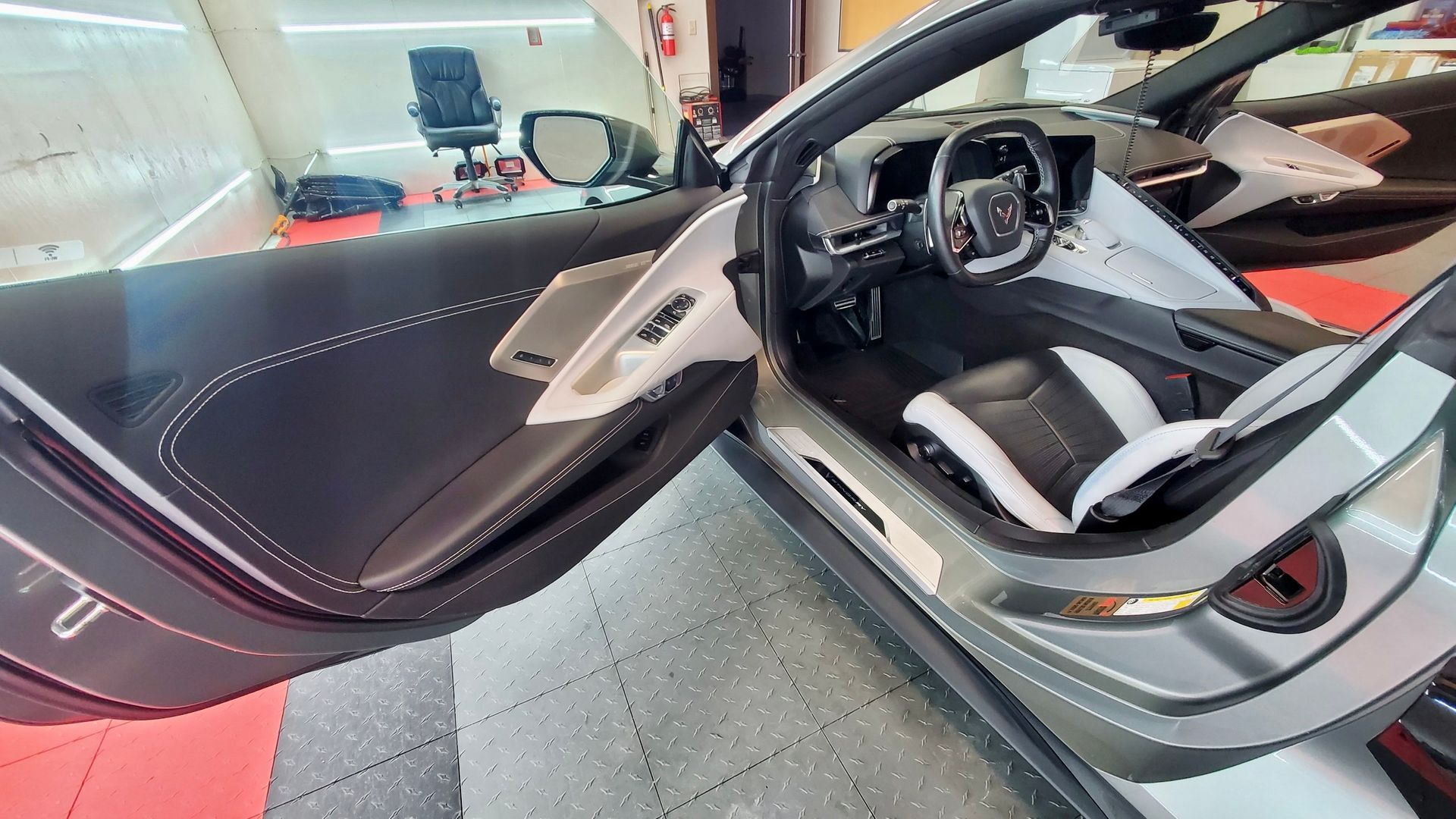The Most Common Myths About Ceramic Coating and the Truth Behind Them
When it comes to taking care of your car, you've probably heard a lot about ceramic coatings. They promise an incredible shield against damage and dirt, making every car enthusiast dream of that shiny, protected finish. Due to the hype, it's easy to believe myths about these coatings' benefits. So, let’s dive into some common misconceptions surrounding ceramic coatings and uncover the truth you need to know before deciding if this investment is right for your vehicle. Getting the facts straight will help you keep your ride looking excellent for years to come.
Common myths about ceramic coatings include beliefs that they are a one-time solution requiring no maintenance, that they are completely scratch-proof, and that they can hide deep scratches. In reality, ceramic coatings require ongoing maintenance for optimal performance, provide protection against light scratches but not severe impacts, and cannot conceal significant imperfections in the vehicle's surface.
Debunking Ceramic Coating Myths
One of the most common myths about ceramic coatings is that they are a one-time solution. Many people mistakenly believe that after applying a ceramic coating, their vehicle will be protected indefinitely. In reality, while these advanced protective layers offer excellent durability, they aren't permanent. Like any surface protection, ceramic coatings require periodic maintenance and touch-ups to ensure continued effectiveness. This maintenance usually involves annual inspections by professionals to check for any wear or damage and provide necessary reapplication.
Not only do these inspections help catch potential issues early on, but they also preserve the longevity of the coating itself.
Another prevalent misunderstanding is regarding the chemical resistance of ceramic coatings. It's true that ceramic coatings resist many types of chemical damage; however, prolonged exposure to harsh chemicals—such as road salt, bird droppings, or industrial pollutants—can degrade the protective properties of the coating. If these substances are allowed to sit for an extended period, they can wear away at the coating, decreasing its effectiveness over time. Regular washing with appropriate products is crucial in mitigating this risk and maintaining the coating's integrity.
This leads us to another myth worth addressing: some believe that simply applying a ceramic coating removes the need for regular washings altogether.
While it's convenient to think that rain alone can wash away dirt thanks to the self-cleaning properties of well-applied ceramic coatings, this isn't entirely accurate. Yes, rain can help remove light dirt and debris on your vehicle's surface; however, it doesn’t eliminate the necessity for thorough cleaning when grime builds up or when road conditions take a toll on your car’s exterior. That's why using suitable wash products—like Feynlab Pure Wash, specifically designed for ceramic-coated vehicles—is vital for keeping the surface protected and looking crisp.
- Myth: Ceramic coatings eliminate regular washing.
- Truth: While they reduce dirt adherence, regular cleaning remains essential.
- Myth: Anyone can apply a ceramic coating easily.
- Truth: Application often requires professional training for optimal results.
By dissecting these myths and incorporating a solid maintenance routine, you can set realistic expectations for what ceramic coatings can achieve for your vehicle. At Lets Roll Coatings, we encourage car owners to stay informed and proactive about their vehicle care; ensuring your investment gets the attention it deserves will enhance both its protective qualities and aesthetic appeal.
With this knowledge at hand, you are now ready to explore how initial costs measure against long-term benefits in automotive care.
High Cost vs. Long-Term Investment
One of the main hesitations people often express about ceramic coatings is undoubtedly the upfront investment.
The protective nature of ceramic coatings plays a pivotal role in this dynamic. Unlike traditional car wax that provides temporary relief against contaminants, ceramic coatings create a durable shield that wards off chemical damage from bird droppings, tree sap, and other harmful agents. This layer not only maintains the aesthetic appeal of your vehicle but also significantly extends its lifespan—an essential factor when considering how much we invest into our cars.
Regular maintenance becomes far easier with ceramic coatings. You’ll find yourself needing fewer car washes and full detailing sessions since the coating makes it challenging for grime to adhere to the surface.
While the initial investment may be higher, it's crucial to keep in mind that you're not just paying for a service but also investing in future savings and peace of mind. With regular maintenance recommendations emphasizing hand washing or at least avoiding automatic car washes—which can damage your finish—choosing ceramic coating starts to make even more sense financially.
As a final note, consider pairing ceramic coatings with preventative measures such as paint protection films on high-impact areas like bumpers and hoods, which helps mitigate any physical damage risk against chips and scratches without the need for extensive expenditure across your entire vehicle.
Necessary Maintenance Practices
Contrary to some beliefs, ceramic coatings are not maintenance-free. In fact, regular upkeep is essential in preserving their protective qualities. Just like any investment we value—be it our health or home—we should do our best to protect the surfaces of our vehicles too. The commitment doesn't stop once you've applied a ceramic coating; rather, it's just the beginning of a dedicated maintenance journey.
Routine Cleaning is Essential
Routine cleaning is paramount. It's highly recommended to wash your coated vehicle regularly, ideally every 1-2 weeks. This frequency helps prevent contaminants such as bird droppings, pollen, or tree sap from bonding with the surface.
Prolonged exposure to these elements can wear down the coating and lead to unsightly marks that become increasingly difficult to remove. Using a pH-neutral car shampoo is crucial since harsh soaps can degrade the material over time. For this purpose, we suggest Feynlab Pure Wash, which is specifically formulated for ceramic-coated vehicles and ensures a thorough clean without compromising the coating's integrity.
Beyond cleaning products, it's imperative to consider your washing technique. Employing a microfiber wash mitt—one that's soft and plush—will help prevent scratches while gently lifting dirt away. Avoid automatic car washes with brushes, as they can often cause micro-scratches or even strip away the benefits of your ceramic coating. Your hands-on approach is what will safeguard your vehicle’s polished appearance.
Annual Inspections
In addition to routine cleaning, annual inspections by professionals are another key component of effective maintenance practices. These experts can identify issues invisible to the naked eye—like slight imperfections in the coating that may require touch-ups—to ensure everything remains in pristine condition.
Regular professional check-ups not only extend the life of your ceramic coating but also bolster your peace of mind, knowing that you’re doing everything possible to protect your investment.
Ongoing care translates into sustained performance. The combination of regular cleaning and professional assessments helps keep your coating functioning at its best. This proactive approach allows you to enjoy a shine that both protects and appeals aesthetically for years to come.
Importance of Professional Application
Applying ceramic coatings may seem straightforward at first glance; yet, it's truly an art form that demands attention to detail and depth of experience. While many DIY enthusiasts may feel confident in tackling this task themselves, the benefits of opting for a professional significantly outweigh the impulsive decision to go solo. Imagine using a brush to paint a masterpiece—without the right strokes, colors, or techniques, you might end up with a mess instead of a canvas worthy of admiration.
Professional detailers possess specialized tools and techniques designed explicitly for the effective application of ceramic coatings. They know how to prepare the surface, which is crucial for ensuring proper adhesion. If the paint isn't meticulously cleaned and decontaminated before applying the coating, it can lead to poor bonding and diminish its protective features. A pro understands that old waxes, sealants, or remnants from previous products can prevent effective adherence; thus, they take their time to ensure everything is pristine.
Professional application can increase durability by up to 50% when compared to DIY methods. Imagine extending the life of your investment simply by utilizing experts who are practiced in this intricate process.
Additionally, studies indicate that professionally applied coatings often last between 2 to 5 years, while DIY options traditionally endure only around 6 months to 1 year. This longevity stems from expert assessment and execution during the application phase—details that someone without professional training might easily overlook.
With this understanding of the value professionals bring, exploring insights into coating durability and longevity will provide deeper clarity on ensuring your investment endures over time.
Durability and Longevity Facts
The longevity of ceramic coatings is one of its most outstanding attributes, designed to shield your car from various external elements. Some products offer warranties ranging from 5 to 25 years based on professional installation, showcasing the confidence manufacturers have in their durability.
However, while you might be enticed by such impressive numbers, it’s essential to understand that longevity isn’t an absolute guarantee; instead, it hinges on how well you maintain the coating over time.
Regular maintenance is a crucial factor that can significantly impact the long-term performance of your ceramic coating.
Those who settle for simple routines often experience great results with their ceramic coatings. For instance, users reported that a thorough wash followed by a touch-up with a sealant every six months significantly extends the life of their coating. Ignoring these steps could mean watching your investment fade faster than you'd hoped. This far exceeds the lifespan of traditional wax, which typically lasts only a few months, making the choice for ceramic coatings financially wiser in the long run.
If you've committed to investing in quality, proper care includes both routine inspections and cleaning processes. Picture it this way: neglecting your ceramic-coated vehicle is akin to buying premium shoes and then stepping into muddy puddles without concern. They may hold up against water damage, but frequent exposure without maintenance will lead to rapid deterioration. Regular washes minimize debris build-up on surfaces and make it easier to spot any wear or damage early on.
Furthermore, be attentive to environmental impacts—harsh weather conditions like hail or extreme UV exposure can speed up potential degradation if neglected long enough. An occasional check-up with ceramic coating specialists can provide insights into whether your investment needs repairs or enhancement treatments to keep its protective qualities intact.
After all, you wouldn’t ignore your own health—after all those gym visits—and then wonder why you're not feeling fit! Maintaining your vehicle's ceramic coating ensures you reap the benefits of its shine and protection, just as you commit to a fitness routine for its benefits.
In summary, longevity may attract you to ceramic coatings, but ongoing care and timely touch-ups are crucial in obtaining optimal performance and ensuring your investment flourishes through the years.
To explore more about protecting your vehicle with high-quality ceramic coatings and ensuring durability through proper maintenance strategies, visit
Let's Roll Coatings today or call us at (316) 295-0787.
